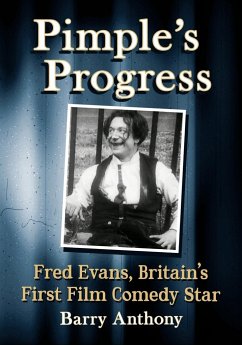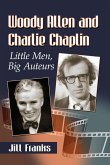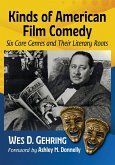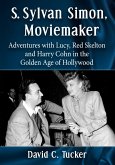In 1915, British moviegoers voted Fred Evans second only to Charles Chaplin as their favorite film comedian. Appearing as the roguish and anarchic ""Pimple,"" Fred made 200 silent movies between 1910 and 1922, running amok in frantic chases and sending-up current events and fashions. With a rich family heritage in pantomime and music hall, Evans introduced a satirical approach to filmmaking, frequently lampooning the recently introduced feature films. Pimple's burlesques deflated the seriousness of such productions, providing subversive support for audiences adjusting to the the new form. But continual mockery of themes, acting styles and film techniques did not endear him to all. Changing public tastes and industry disapproval eventually resulted in an end to Evans' screen appearances and a return to the stage. As Evans has been almost entirely sidelined by film historians, this is the first book-length biography of him. It places Evans not only in a film context but within the wider entertainment and social perspectives of his time. Amongst topics discussed are the beginnings of the star system, war propaganda, the growth of film fandom and concerns about the influence of cinema on children.








